Isabelline Shrikes in Gujarat, India, December 2008
We recorded about 59 Isabelline Shrikes during our trip to Gujarat in December 2008. According to, for example, Worfolk (2000) the birds in this area should belong to the subspecies arenarius. Arenarius breeds in western Xinjiang, south of the range of isabellinus and winters from Iran through Pakistan into north-western India (Worfolk 2000).
Worfolk (2000) describes arenarius:
- The wing is shorter and more rounded than in isabellinus and phoenicuroides.
- The sexes are extremely similar.
- Adult birds are the palest of all isabelline shrikes.
- The head pattern is paler than in isabellinus, males never shows a complete black mask, the lore is mostly pale. The ear coverts are dark brown, not black.
- Upperparts are sandy grey-brown and paler than in isabellinus, and there is little contrast between upper- and underparts.
- The crown is never contrastingly warmer, also the rump and tail are less contrasting than in other taxa.
- The wings, including the tertials and wing-coverts, are brownish rather than black, and show little contrast to the mantle.
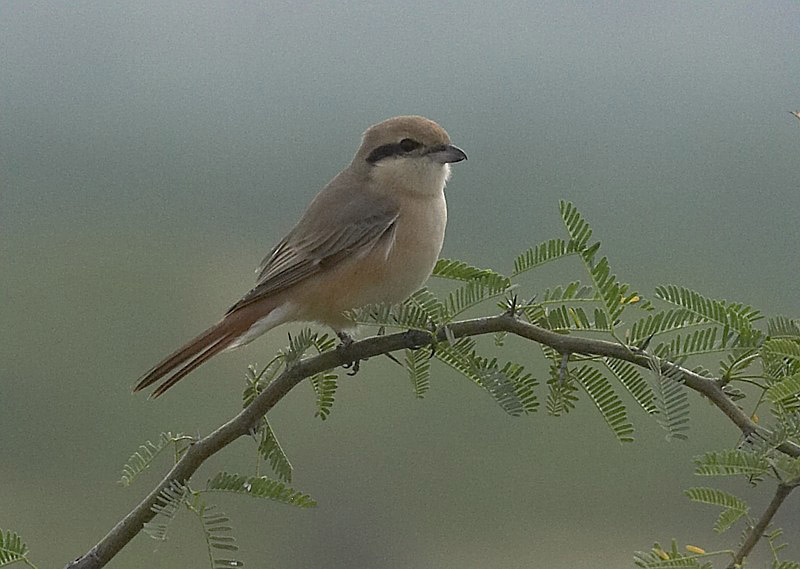
(1.) This is a very typical individual. Pale base to the bill, little black on lores, slightly rufous cap, greater coverts almost the same colour as mantle, a very small white primary patch visible on the folded wing. 20 December 2008, Dasada area.
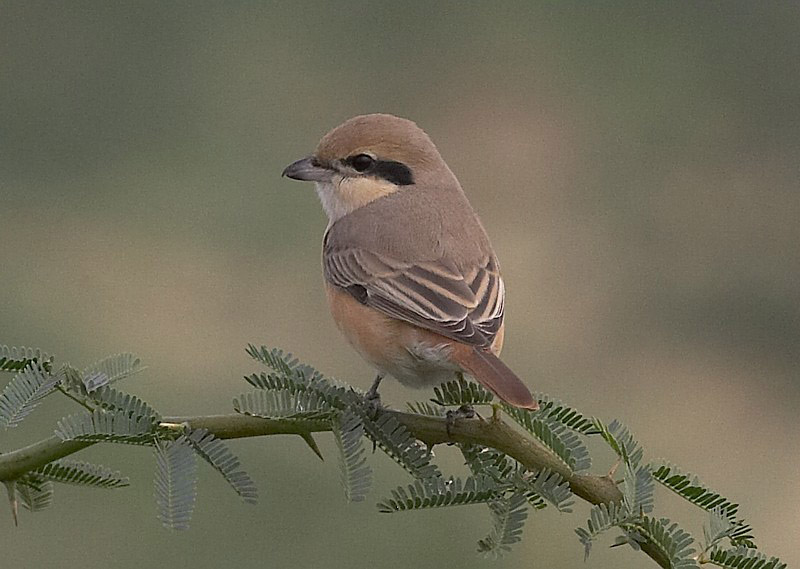
(2.) The same bird. The flanks are strongly ochrous.
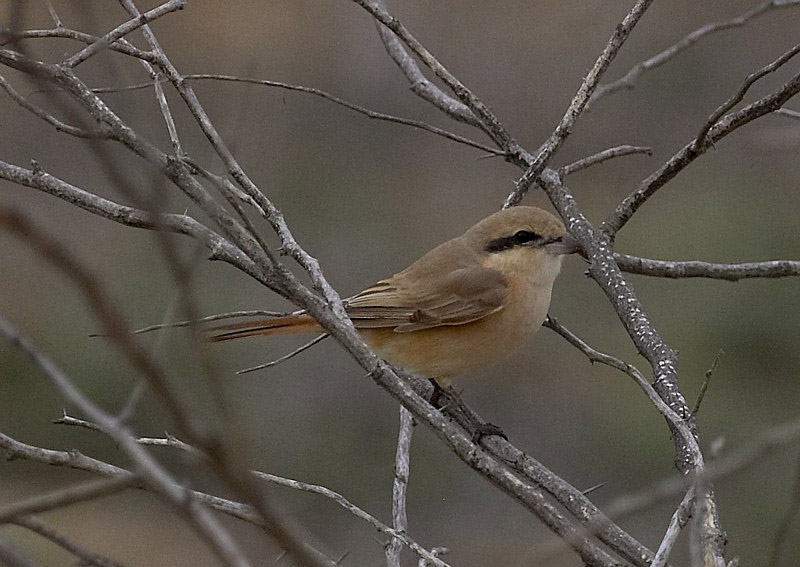
(3.) Similar to the previous one, but even less contrasting crown. 18.12 Chhari Dhandh area.
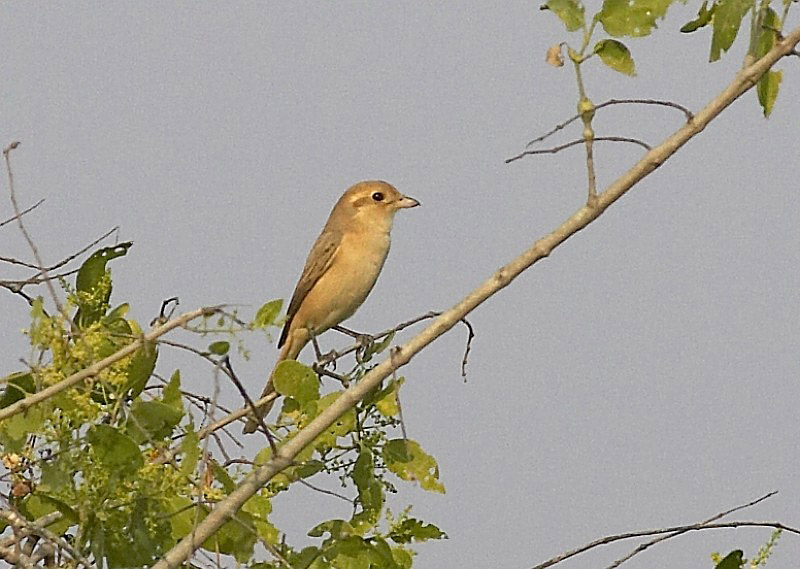
(4.) This has a much less distinct mask than the previous birds. The primary patch seems to be completely lacking. No barring on the breast. 16.12 Nakhtrana area.
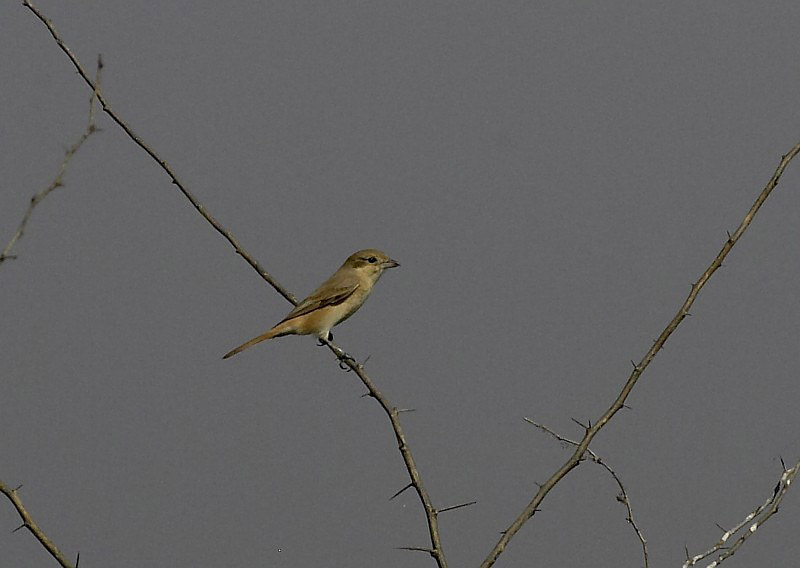
(5.) Resembles the previous one, but some light barring on the breast. 8.12 Velavadar.
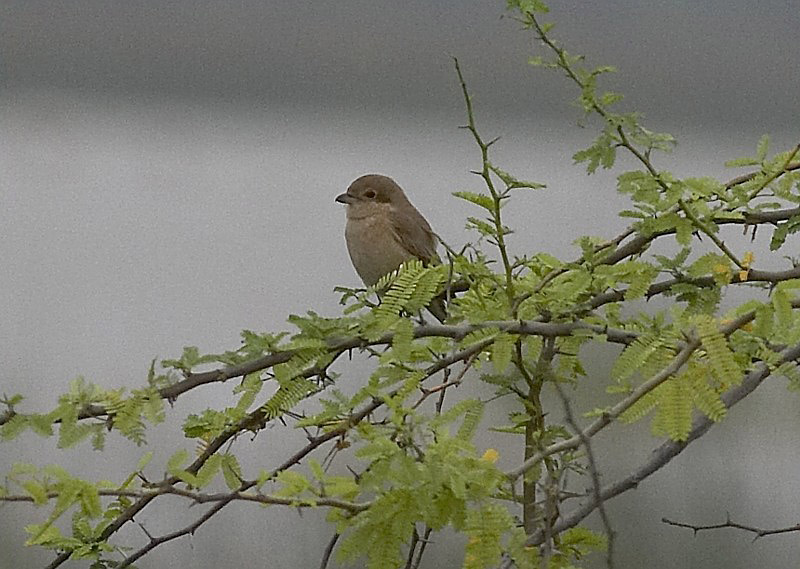
(6.) Very indistinct mask and very slight barring. 19.12 Dasada area.
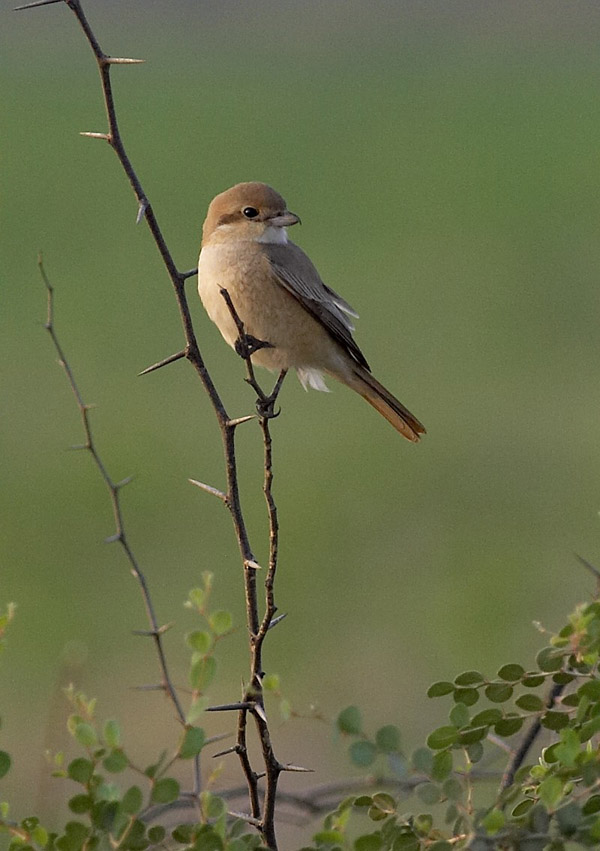
(7.) More distinct barring and slight reddish on the crown. 21.12 Dasada area.
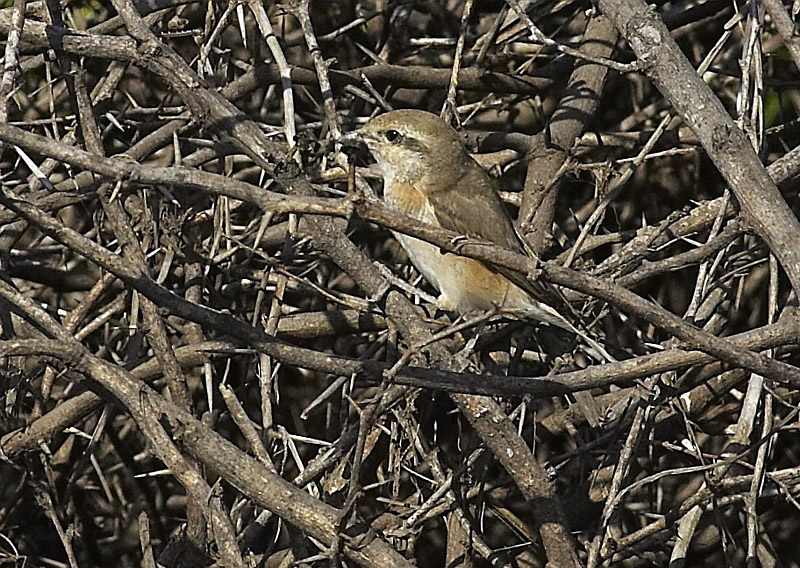
(8.) 13.12 Khijadiya, Jamnagar.
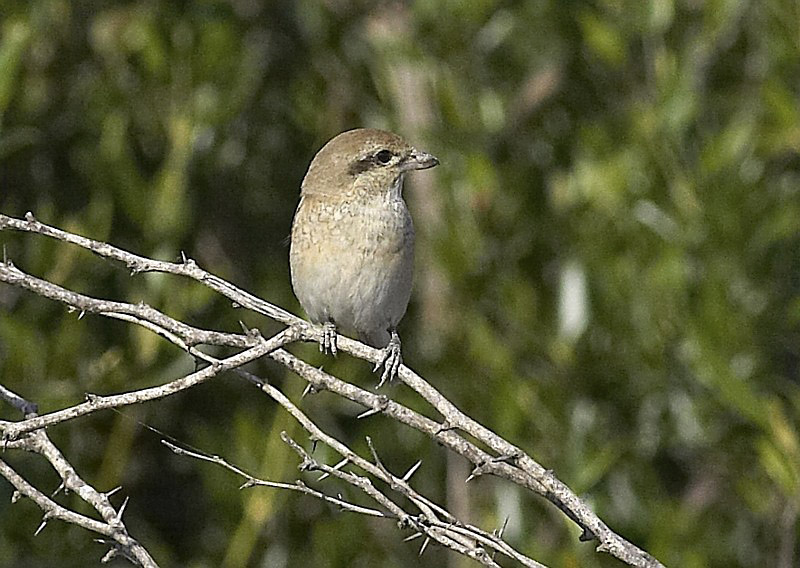
(9.) The same as the previous one. This individual have somewhat more distinct mask than some, and the most contrasting underparts barring of the birds we saw during the trip.